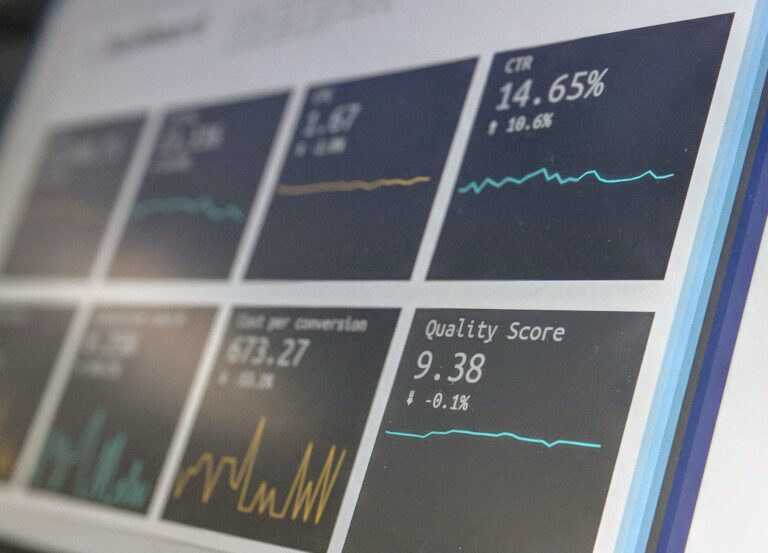
Personal growth starts with knowing where you are at the moment. It is easy to plan for your success when you know exactly where you are. A SWOT analysis in every area you are looking to improve, overcome obstacles or capitalize on your strengths can really help you.
What is SWOT Analysis?
SWOT is a word that is formed from the initials four words of meaning.
- S = Strengths
- W = Weaknesses (Weaknesses that need improvement).
- O = Opportunities
- T = Threats
SWOT analysis is a great technique to get the first step. Step toward your goals. This analysis can be used by middle school students to map their future.
If you’re curious about your personal SWOT results, you can write the following questions down on paper. You can use the large amount of paper you have to draw a cross in the middle of your form. Then, for each letter of the SWOT, use the area created by the cross.
Strengths
- What are your resources and what are your advantages? (Talents, skills, certifications, training, connections, etc.)
- What do you think is your greatest skill?
- What resources do you have access to? (Physical objective, exemplary people and people who have done what your target before, personal qualities, material issues, etc.
- Which aspects are you most proud of?
- Where do you feel the most successful?
- Which values have a positive impact on you?
- Where can you make a difference in the world?
These questions can be answered from both your perspective and those of others. It is important to provide objective and honest answers.
Weaknesses & Areas Needing Improvement
- Which jobs are you avoiding because you believe you won’t be able to do them well? Your peers will tell you what skills are needed.
- Is there anything you’ve learned that you can’t use?
- Do you feel unfulfilled?
- What are your negatives? Personal and professional habits? Are you late to work? Is your desk messy? Can you handle stress?
- Are you a person with particular characteristics that make it difficult to do the job? (For instance, you might be an insecure trainer who is afraid to speak publicly.)
- Which are your failure areas and moments?
- What values do you hold that negatively affect your life?
It is important to recognize your strengths and take the time to determine them. It is important to be objective in identifying areas that need improvement. Also, it is important to look outside at yourself with an impartial eye.
Realistic thinking is key. Facing your weaknesses can be difficult. If you recognize that you have a weakness, it is important to accept it. Don’t be afraid to be open with yourself.
Opportunities
- Are you able to help others do what you desire?
- What are your benefits?
- How can you use these situations to your advantage?
- Do you know of people who can guide or help you?
Threats
- What are the obstacles you face when it comes to your unique characteristics?
- What obstacles are you facing with your environmental characteristics and how can you overcome them?
- What are your goals? Thinking about change?
- What would you like to see changed?
You can identify your strengths, weaknesses, find new opportunities and mitigate threats by doing a SWOT analysis.
Personal Life: SWOT Analysis
Let’s say you are looking for work, planning to be promoted, care about your family, or want to have a better relationship. personal development. If this is the case, a SWOT analysis can be very beneficial.
You might be looking for ways you can stand out among other applicants if you plan to apply to the job market. This is where a SWOT analysis can be helpful. Three ways analysis can benefit you:
- It will enable you to self-reflect and identify your key areas.
- It allows you to reframe what you are doing. Search for a job For positions that are more in line with your strengths and talents
- Interviews are easier when you can answer this question.
SWOT analysis is also a great tool to help you understand your partner and how they feel about you. Think about who you are if you’re trying to find a friend or a date. How strong are your skills, what interests you, and what do you excel at? This will help make your job easier. You might be friendly, or you can get along with people quickly. What are your weak points and what areas do you need to improve? Or, is it fear of attachment What can you do to overcome these fears? Next, consider your potential and threats. Do you have any negative past experiences that are holding you back? Are you too busy to spend time with your loved ones? Your busy life can ruin your enjoyment of life work?
Turn your SWOT results around to transform them Positive fields can be transformed into negative ones. For example, if you see many people competing to your job, you will be assertive. Follow the job opportunities you are offered.
The SWOT analysis provides a framework to help you identify your strengths and areas for improvement. It also highlights the threats and opportunities that you face. It will help you identify your strengths, minimize negative effects, make it easy to choose the best options, and protect you from possible threats.